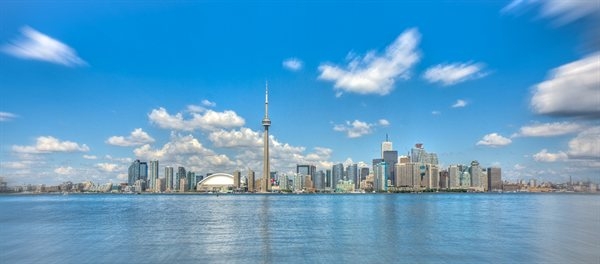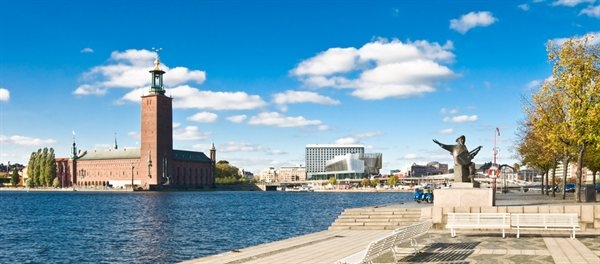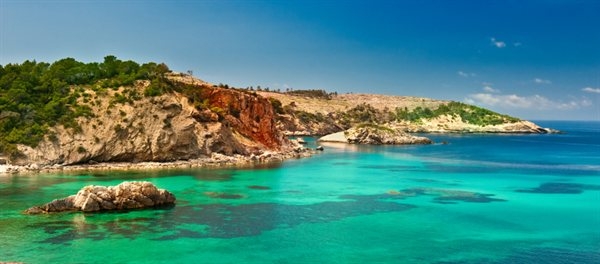Casablanca is the largest city in the Maghreb, the first port and a symbol of modern Morocco, which has been able to blend tradition and progress. An example is the huge Hassan II Mosque (the prayer hall has 25 thousand faithful, the esplanade 80 000), with its tall minaret (200 meters), built on the shores of combining traditional forms sophisticated technology (the is openable roof).
The whole town follows a precise development plan: start from the center, like spokes, wide avenues lined with a carousel of domes, belvedere, columns, balconies, cedar wood, skylights (houses elegant blend the Art Deco and Art Neo -Moorish).
The traditional souq are concentrated in the district of Habbous, Where lovely shaded squares and narrow streets lined with arcades host bazaar full of merchandise of all kinds.
What to visit
The Hassan II Mosque, Place Mohamed V, the Central Market, the harbor, the district Habbous, the Parc de la Ligue Arabe, by Prince Moulay Abdallh.
Blog
Toronto
- Dettagli
- Visite: 86 86

Toronto, located northeast of Lake Ontario, is the largest city in Canada, which is also the financial center. With an urban population of over 2.5 million inhabitants and a metropolitan area of over six million, is a truly multicultural city, with half of the inhabitants were born abroad. In Toronto there are 150 different ethnic groups from all continents and, although English is the official language, inside you can hear people speaking over 100 different languages.
For the high quality of life and low crime, Toronto is one of the favorite destinations for foreigners to attend English classes or studying in its universities. Here you can climb the tallest structure in the world, the CN Tower, also known as the Tower of Toronto, which offers breathtaking views from 553 meters.
Berlin
- Dettagli
- Visite: 134 134

Berlin, capital of Germany, is located in the west of the country and is traversed by two rivers, the Spree and Havel. Berlin's history begins with the incorporation of two villages: Cölln, founded on an island in the River Spree and Berlin, on the banks of the same river. After losing two world wars, having suffered a severe economic crisis and a dictatorship, Berlin has experienced a lively process of reconstruction after the fall of the Berlin Wall in 1989. Today, with more than four million inhabitants, is one of the most important cities in Europe. Dynamic and constantly changing, it has become a tourist destination of fashion, for the great offer for leisure and culture, with more than 150 theaters and auditoriums and approximately 170 museums, and amusement, for its lively nightlife and events such as the International Film Festival.
Casablanca
- Dettagli
- Visite: 78 78
Stockholm
- Dettagli
- Visite: 95 95

Stockholm, Sweden's capital and largest city of the country, is located on the west coast of Lake Mälaren, near the Baltic Sea. The city is particularly famous for being made up of an archipelago of 14 islands connected by 53 bridges. The old town, Gamla Stan is, built on an island completely pedestrianized, has a lively cultural life and an exciting nightlife. Stockholm, which now has 783,000 inhabitants, began its history as a small Viking village in the eleventh and seventeenth centuries.
Today it is a modern city, home to the delivery of the prestigious Nobel prizes and is one of the cleanest cities in Europe. Lose yourself in its archipelago of 24,000 islands in the summer, or in love with his charming winter light: any time is good to visit Stockholm.
Ibiza
- Dettagli
- Visite: 79 79

Endless night, interspersed with a few days on the beach and excursion to the old town, the hippie markets and the many villages on the island: this is what you can expect in Ibiza, the most fashionable of the Balearic Islands.
Wait for the sunset on the beach of Playa d'en Bossa or San Antonio, then take a drink in the beach bar (kiosk) of the beach, so after supper (late) in one of the restaurants on the island, you're ready for the magical night in Pacha, in Space, nell'Amnesia or another of the many clubs on the island. But do not forget that Ibiza is also culture and history, so to be declared a UNESCO World Heritage Site.
